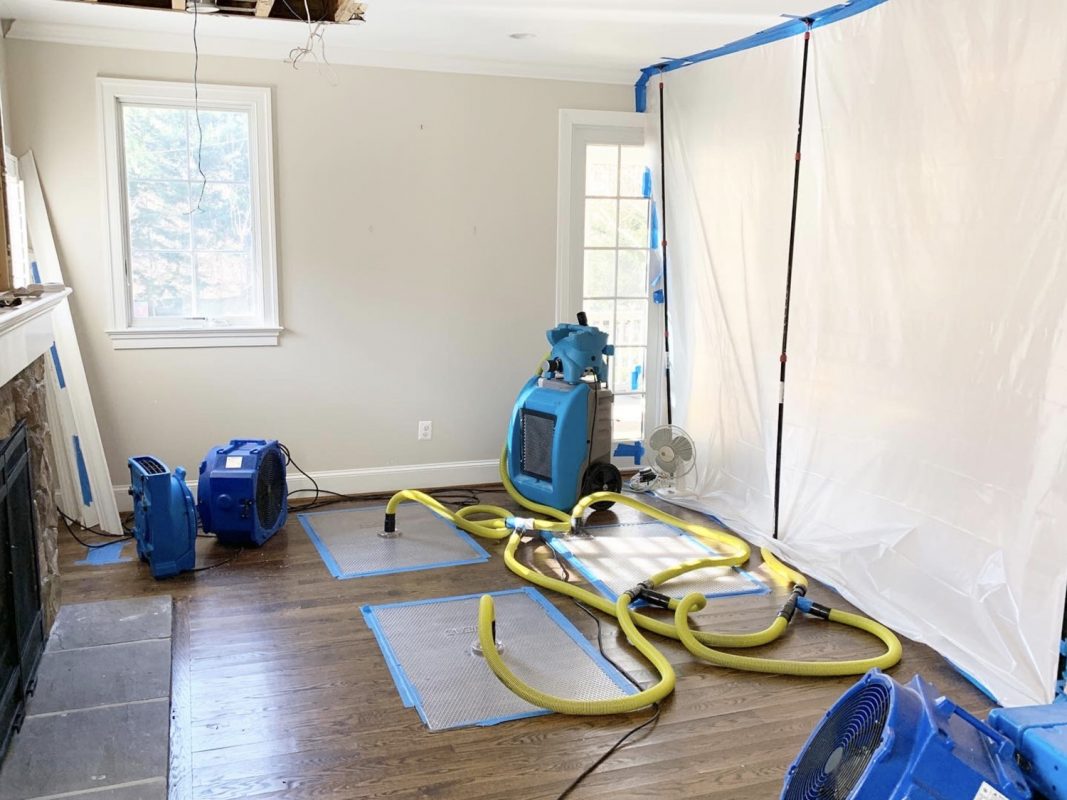Do's & Don'ts of Water Damage.
Do's & Don'ts of Water Damage.
Blog Article
The article author is making several great annotation relating to What You Can Do At Home To Prevent Fire And Water Damage in general in the content just below.

Water provides life, yet water invasion on some components where it's not supposed to be can result in damages and also hassle. In enhancement, residences with water damage smell old as well as musty.
Water can originate from lots of sources like tropical storms, floods, ruptured pipes, leaks, and sewer problems. If you have water damage, it's much better to have a working understanding of safety and security precautions. Below are a few standards on just how to deal with water damage.
Do Prioritize Residence Insurance Insurance Coverage
Seasonal water damages can originate from floodings, seasonal rains, as well as wind. There is also an event of an abrupt flood, whether it came from a faulty pipe that all of a sudden ruptures right into your house. To shield your residence, get house insurance that covers both disasters such as natural calamities, and emergencies like damaged plumbing.
Don't Fail To Remember to Turn Off Energies
When calamity strikes and you remain in a flood-prone location, turn off the major electric circuit. Switching off the power avoids
When water comes in as water offers as a conductor, electric shocks. Don't forget to turn off the primary water line shutoff as a method to stop even more damages.
If the floodwaters are obtaining high, maintain your furnishings secure as they can move as well as trigger extra damage.
Do Keep Proactive as well as Heed Weather Alerts
If you live in a location plagued by floods, remain aggressive as well as ready at all times. Listen to the news as well as emptying warnings if you live near a body of water like a lake, creek, or river .
Do Not Neglect the Roofing System
Your roofer must take care of the faulty seamless gutters or any other indicators of damage or weakening. An inspection will prevent water from flowing down your walls as well as saturating your ceiling.
Do Take Note Of Tiny Leaks
There are red flags that can attract your interest and show to you some weakened pipes in your residence. Indicators of red flags in your pipelines consist of gurgling paint, peeling wallpaper, water streaks, water discolorations, or dripping audios behind the wall surfaces. Fixing and also evaluate your plumbing fixed prior to it results in huge damages to your home, financial resources, as well as an individual problem.
Do Not Panic in Case of a Ruptured Pipeline
Timing is crucial when it comes to water damages. If a pipeline ruptureds in your home, quickly shut off your primary water valve to cut off the resource and prevent even more damages. Call a trusted water damage restoration expert for assistance.
Water gives life, however water intrusion on some components where it's not expected to be can result in damages as well as trouble. In addition, houses with water damages smell stuffy and old.
Seasonal water damage can come from floodings, seasonal rainfalls, and wind. Indicators of red flags in your pipelines include gurgling paint, peeling off wallpaper, water streaks, water spots, or trickling audios behind the wall surfaces. If a pipeline bursts in your residence, right away closed off your major water valve to reduce off the resource and stop more damage.
Some Do's & Don't When Dealing with a Water Damage
DO:
Make sure the water source has been eliminated. Contact a plumber if needed. Turn off circuit breakers supplying electricity to wet areas and unplug any electronics that are on wet carpet or surfaces Remove small furniture items Remove as much excess water as possible by mopping or blotting; Use WHITE towels to blot wet carpeting Wipe water from wooden furniture after removing anything on it Remove and prop up wet upholstery cushions for even drying (check for any bleeding) Pin up curtains or furniture skirts if needed Place aluminum foil, saucers or wood blocks between furniture legs and wet carpet Turn on air conditioning for maximum drying in winter and open windows in the summer Open any drawers and cabinets affected for complete drying but do not force them open Remove any valuable art objects or paintings to a safe, dry place Open any suitcases or luggage that may have been affected to dry, preferably in sunlight Hang any fur or leather goods to dry at room temperature Punch small holes in sagging ceilings to relieve trapped water (don't forget to place pans beneath!); however, if the ceiling is sagging extremely low, stay out of the room and we'll take care of it DO NOT:
Leave wet fabrics in place; dry them as soon as possible Leave books, magazines or any other colored items on wet carpets or floor Use your household vacuum to remove water Use TV's or other electronics/appliances while standing on wet carpets or floors; especially not on wet concrete floors Turn on ceiling fixtures if the ceiling is wet Turn your heat up, unless instructed otherwise

I discovered that piece of writing about Ways to Reduce The Risk Of Fire And Water Damage while doing a lookup on the search engines. Kindly take a moment to promote this write-up if you enjoyed reading it. Thanks a lot for your time. Come back soon.
Report this page